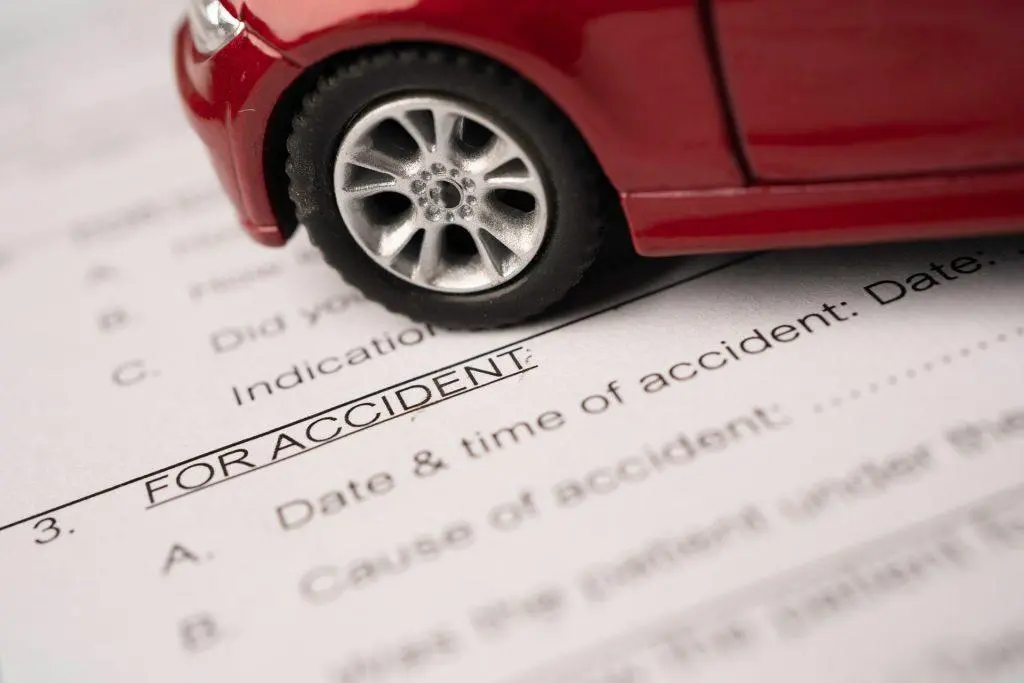How Car Accident Claims Work When You Have Insurance
Being in a car accident can be a stressful and overwhelming experience. Amid shock and confusion, it’s often hard to know what to do next. Even with car insurance, the claims process can feel complicated.
Understanding the claim process is especially important in busy cities like Los Angeles—known for its heavy traffic and sprawling roadways—where over 55,000 car crashes were reported in a single year.
People often ask how much someone can sue for a car accident, and the answer depends on many things, like injuries, car damage, and who was at fault. But before any lawsuit, most cases start with an insurance claim.

Understanding the Types of Car Insurance
Car insurance can come with different kinds of coverage. It’s helpful to know what you have:
Liability coverage: This pays for damage and injuries you cause to others.
Collision coverage: This helps pay for repairs to your car, no matter who caused the crash.
Comprehensive coverage: This type of coverage protects against damage caused by events such as theft, storms, or animal damage.
Uninsured/Underinsured motorist coverage helps when the other driver lacks insurance.
Each type plays a different role during the claims process. Your insurance company will tell you what applies in your case.
How the Claims Process Works
The steps may vary a little, but here’s what usually happens:
Step 1: File a Claim
You’ll contact your insurance company and share the details of the crash. This includes the location, time, names of people involved, and photos you took.
Step 2: Insurance Adjuster Investigation
An adjuster will investigate what happened. They may speak with witnesses, examine photographs, and review police reports. Their job is to decide who was at fault and how much the claim is worth.
Step 3: Damage Estimate
An adjuster or repair shop will check your car and estimate repair costs. If your vehicle is totaled (too damaged to fix), they may offer a cash amount equal to its value before the crash.
Step 4: Settlement Offer
Once the review is complete, your insurance company may make a settlement offer. This offer may include costs for repairs, medical bills, or other covered items.
Step 5: Final Payment or Repairs
If you agree with the offer, you’ll receive payment, or your insurer will pay for the repair shop to fix your car.
Working With the Other Driver’s Insurance
If the other person caused the crash, you may need to deal with their insurance company. They’ll also do their investigation.
Your insurance company might handle it for you and later ask the other company to pay them back. This is called subrogation.
Respond promptly and provide any documents they request, such as repair bills or medical records.
Mistakes to Avoid
- Don’t wait too long to file a claim. Some companies have time limits.
- Don’t admit fault at the scene. Just stick to the facts.
- Keep all relevant records, such as photos, receipts, and medical records from doctor visits.
- Don’t accept the first offer too quickly. If your costs are higher than they thought, you can get more.
The Final Say
Insurance can greatly help after a car crash, but it’s essential to understand how the process works. Each step matters, from the moment of the accident to the final payment.
With the proper knowledge, you can ensure that your claim proceeds smoothly and you receive what you’re owed.






